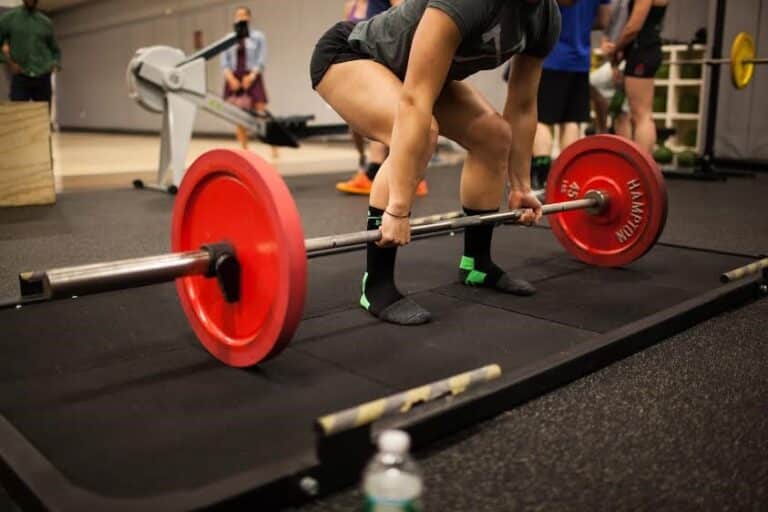Training Economy: Repetitions

Selecting repetitions when designing a training program can be made very complex, but also quite simple when you master a few basic concepts. Strength coaches like Charles Poliquin, Pierre Roy, Andre Benoit, Louie Simmons and researchers A.S. Prelepin and Dietmar Schmidtbleicher have all written about the importance of selecting repetitions.
Repetitions can dictate the strength quality and thus, the energy system called upon for that day.
Key concepts for maximizing the effectiveness of your repetition selection:
1) Repetition selection will dictate the training effect (strength, hypertrophy, etc..)
2) Certain muscle groups respond best to specific repetition ranges
3) Reps dictate load (% of 1RM)
In training, most all variables operate on a continuum. For repetitions, this continuum is a
neuromuscular axis. This means that repetitions will either affect the nervous system or the muscular system. Reps from 1 to 3 have a much greater impact on the nervous system than 25 reps. This is a result of the intensity (% of 1Rm) than can be used for those repetitions. Neural adaptations have beenproven to yield greater strength gains.
Repetitions can also be individualized for specific muscle groups. An excellent example of this concept is the posterior chain. If we look at two patterns of movement: knee flexion, and hip extension we can see that the prime movers involved in these actions are distinctly different. The hamstrings complex(semimembranosus, semitendinosus, and biceps femoris) are all fast twitch dominant in their fiber make-up. While the hip extensors (glutes, adductors, and the spinal erectors) are predominantly slow twitch. This is also evident when you consider the function of those muscle groups. The primary function of the hamstrings as knee flexors are during sprinting, while the hip extensors and spinal erectors are postural muscles, meant to be engaged for extended periods of time.
When training at max effort during your sets, the repetition selection will dictate the load used. A
repetition bracket of 1 to 3 will yield an average intensity of 95%. This is an important factor when planning your volume. Exceeding certain volumes of specific intensities can lead to degradation of performance and inhibition of recovery.

Robert Jacobs
USAW, PICP, BioSignature, Metabolic Analytics, NKT, Nike-SPARQ, NASM-PES, CES & CPT

